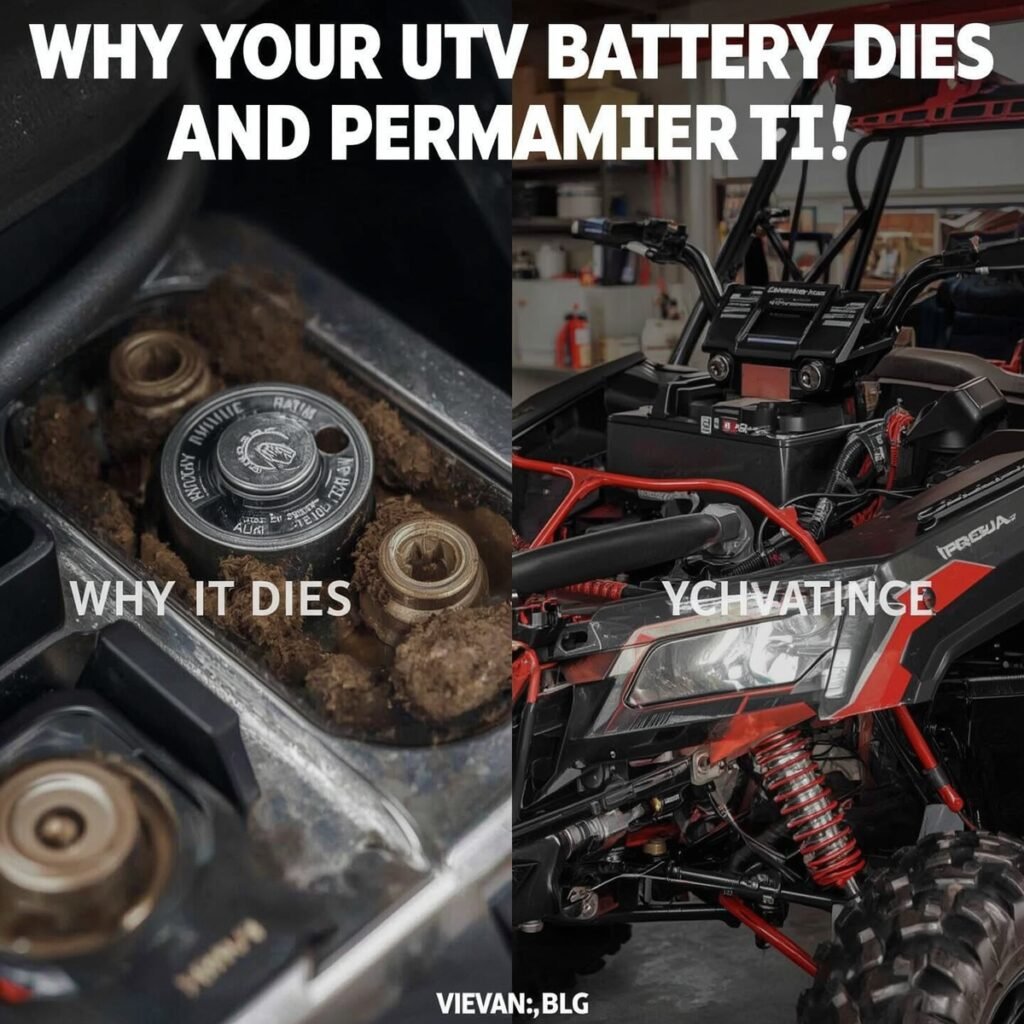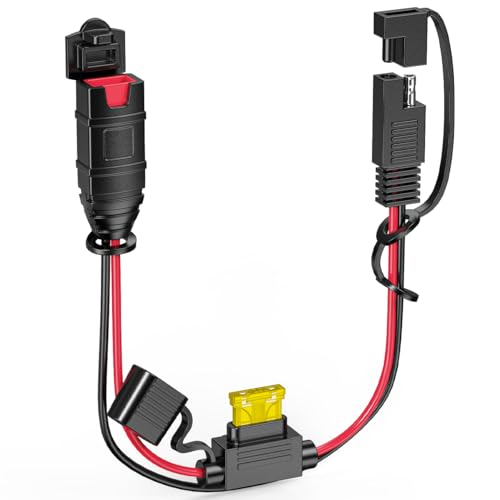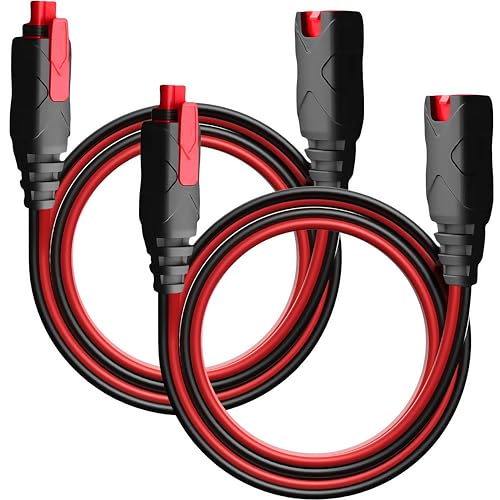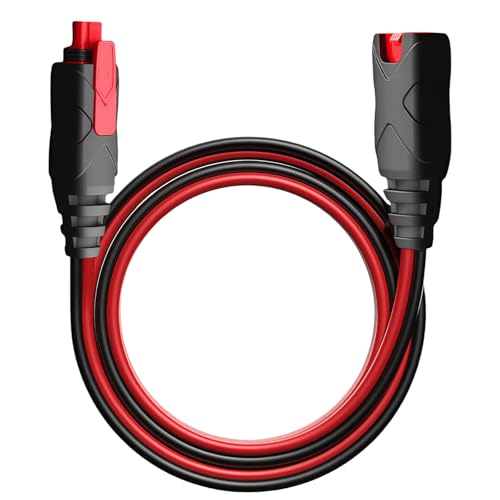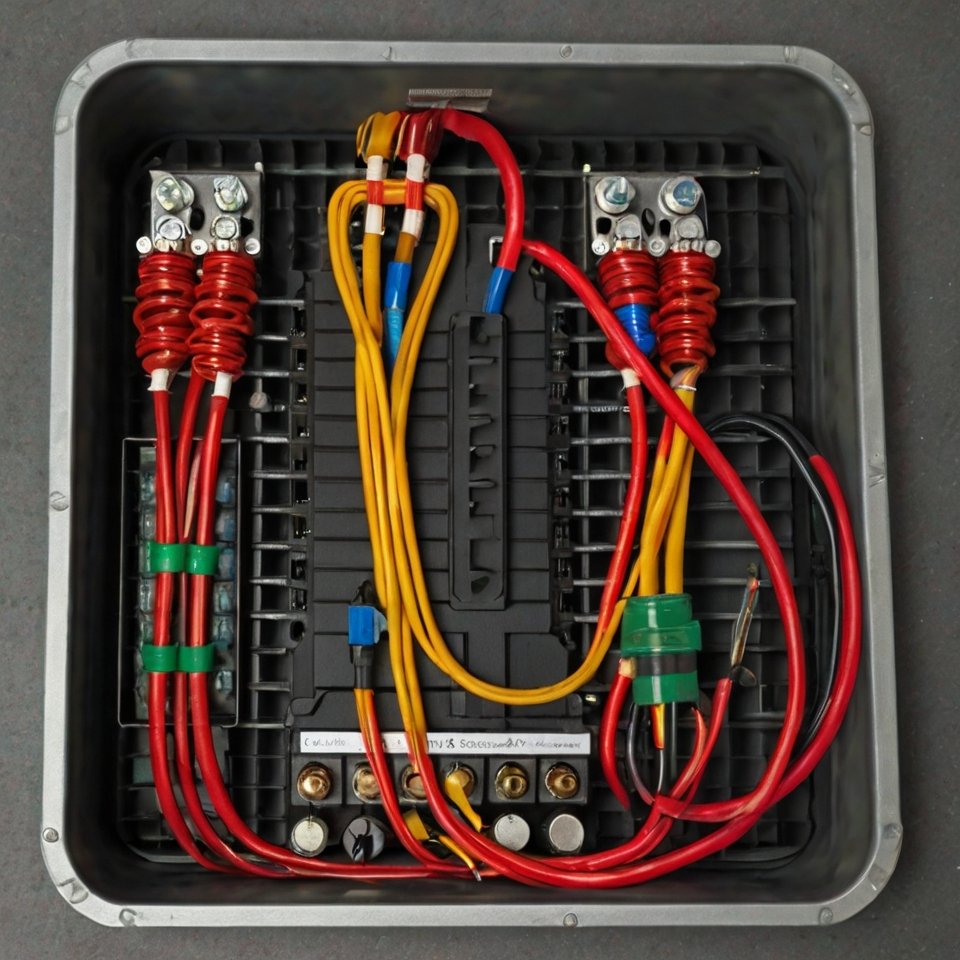There’s nothing quite as frustrating as heading out for an epic off-road adventure, only to be greeted by a dead UTV battery.
Whether you’re deep in the woods, miles from civilization, or just trying to get some work done around the property, a lifeless battery can quickly turn excitement into exasperation.
It’s a common issue for UTV owners, and often, the problem isn’t just an old battery; it’s a symptom of underlying issues that need to be addressed.
As someone who’s spent countless hours on the trails and in the garage, I’ve encountered my fair share of battery woes and learned the hard way how to diagnose and fix them.
In this comprehensive blog post, we’ll dive deep into Why Your UTV Battery Dies (and Permanent Fixes).
We’ll explore the most common reasons behind battery failures, from simple neglect to complex electrical issues.
More importantly, I’ll provide you with actionable, permanent fixes and preventative measures to ensure your UTV battery stays charged and reliable, keeping you on the trails and out of trouble.
Let’s get to the bottom of those battery blues and power up your peace of mind!
Common Culprits: Why Your UTV Battery Gives Up the Ghost
Before we can talk about fixes, it’s crucial to understand why UTV batteries fail.
It’s rarely just one thing; often, it’s a combination of factors that slowly degrade your battery’s health until it can no longer hold a charge.
1. Old or Failing Battery
Just like any battery, UTV batteries have a finite lifespan.
Over time, the internal components degrade, reducing their ability to hold and deliver a charge.
A typical UTV battery lasts anywhere from 2 to 5 years, depending on usage, maintenance, and climate.
- The Problem: An aging battery struggles to maintain voltage, especially under load, leading to slow cranking, dim lights, and eventually, complete failure. Cold weather exacerbates this issue.
- Permanent Fix: Regular battery testing and timely replacement. Use a battery load tester or a multimeter to check its health. If it consistently fails to hold a charge after being fully charges, it’s time for a new one. Consider upgrading to a higher-quality AGM (Absorbed Glass Mat) or Lithium-ion battery for better performance and longevity.
2. Parasitic Draw (Electrical Leaks)
A parasitic draw occurs when electrical components continue to pull power from the battery even when the UTV is turned off.
This is a common and often frustrating issue, as it can drain a healthy battery overnight or over a few days.
- The Problem: Accessories like stereos, winches, GPS units, or even faulty wiring can create a constant, low-level drain on your battery. Sometimes, it’s a malfunctioning relay or a short circuit.
- Permanent Fix: Diagnose and eliminate the source of the draw. This requires a multimeter and a systematic approach (often by pulling fuses one by one while monitoring the amperage draw). Once identified, repair or replace the faulty component, or install a battery disconnect switch for accessories that aren’t meant to be constantly powered.
3. Faulty Charging System
Your UTV’s charging system (stator/alternator and voltage regulator/rectifier) is responsible for recharging the battery while the engine is running.
If any part of this system fails, your battery won’t get the charge it needs.
- The Problem: A failing stator might not produce enough AC voltage, or a faulty regulator/rectifier might not convert it to the correct DC voltage, or it might overcharge the battery (which is equally damaging). Symptoms include dimming lights, engine sputtering, or the battery light staying on.
- Permanent Fix: Test the charging system components. Use a multimeter to check the stator’s AC output and the regulator/rectifier’s DC output. Replace any component that falls outside the manufacturer’s specifications. This often requires a service manual for your specific UTV model.
4. Corrosion and Loose Connections
Corrosion on battery terminals and loose connections are simple yet incredibly common reasons for a dead UTV battery.
They impede the flow of electricity, preventing the battery from charging properly or delivering sufficient power.
- The Problem: White, powdery corrosion (sulfation) on terminals indicates a chemical reaction that restricts current. Loose cables create resistance, leading to poor charging and starting issues. Both can mimic a dead battery.
- Permanent Fix: Regularly inspect battery terminals and cables. Clean any corrosion using a wire brush and a mixture of baking soda and water. Ensure all connections are tight and secure. Applying a dielectric grease or anti-corrosion spray after cleaning can prevent future buildup.
5. Infrequent Use and Improper Storage
UTVs are often seasonal vehicles, meaning they can sit unused for extended periods.
This prolonged inactivity is a major killer of batteries, especially if they are not properly maintained during storage.
- The Problem: Batteries naturally self-discharge over time. If a battery is left discharged for too long, it can sulfate internally, leading to permanent damage and an inability to hold a charge. Cold weather accelerates this process.
- Permanent Fix: Use a smart trickle charger or battery maintainer when your UTV is stored for more than a few weeks. These devices provide a low, continuous charge that prevents self-discharge and sulfation. Ensure the battery is fully charged before storage. If removing the battery for storage, keep it in a cool, dry place.
6. Vibration and Physical Damage
UTVs are subjected to constant vibrations and impacts during off-road use.
This physical stress can take a toll on the battery, leading to internal damage or compromised connections.
- The Problem: Excessive vibration can cause internal plates to short circuit, break connections, or lead to electrolyte leakage in traditional lead-acid batteries. Improperly secured batteries can bounce around, causing physical damage to the casing or terminals.
- Permanent Fix: Ensure your UTV battery is securely mounted in its tray with proper hold-downs. Check battery trays for cracks or damage. Consider using a battery mat or foam padding to absorb vibrations. If you frequently ride in extremely rough terrain, an AGM or Lithium-ion battery, which are more resistant to vibration, might be a worthwhile upgrade.
7. Undercharging or Overcharging
Both undercharging and overcharging can significantly shorten a UTV battery’s lifespan and lead to premature failure.
- *The Problem (Undercharging): If your charging system isn’t delivering enough voltage, or if you frequently take short rides that don’t allow the battery to fully recharge, it will remain in a state of partial discharge. This leads to sulfation and reduced capacity.
- The Problem (Overcharging): An overcharging system (often due to a faulty voltage regulator) can cause the battery to overheat, boil off its electrolyte (in lead-acid batteries), and damage internal plates. This can lead to a swollen battery case and a strong rotten-egg smell.
- Permanent Fix: Regularly test your UTV’s charging system (as mentioned in point 3) to ensure it’s operating within the correct voltage range (typically 13.5-14.5 volts when running). If you use an external charger, ensure it’s a smart charger with an automatic shut-off feature that prevents overcharging. For lead-acid batteries, check electrolyte levels periodically and top up with distilled water if necessary.
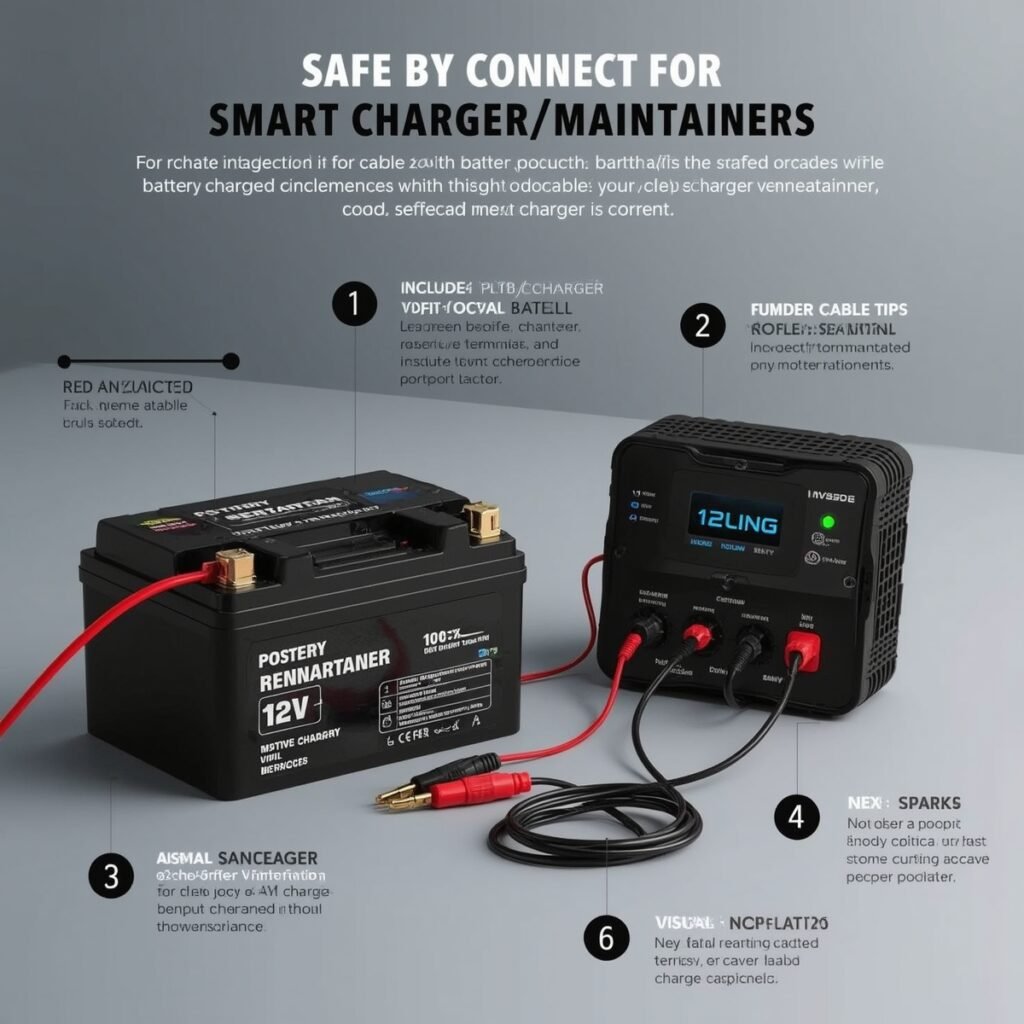
Conclusion: Powering Your Adventures, Permanently
A dead UTV battery is more than just an inconvenience; it’s a sign that something isn’t quite right with your electrical system or maintenance routine.
By understanding the common reasons why UTV batteries fail and implementing these permanent fixes, you can significantly extend the life of your battery and ensure your off-road adventures are never cut short.
From consistent charging and proper storage to vigilant maintenance and addressing parasitic draws, each step contributes to a healthier, more reliable power source for your UTV.
Don’t wait for your battery to die before taking action. Proactive care is the key to preventing frustration and maximizing your time on the trails.
Invest in the right tools, follow these tips, and you’ll enjoy a UTV that starts reliably every time, ready for whatever challenges and thrills the off-road world throws your way.
Happy riding, and may your battery always be fully charged!

